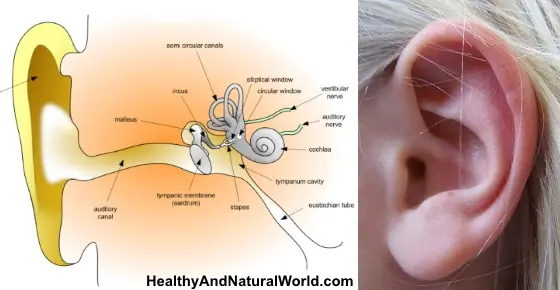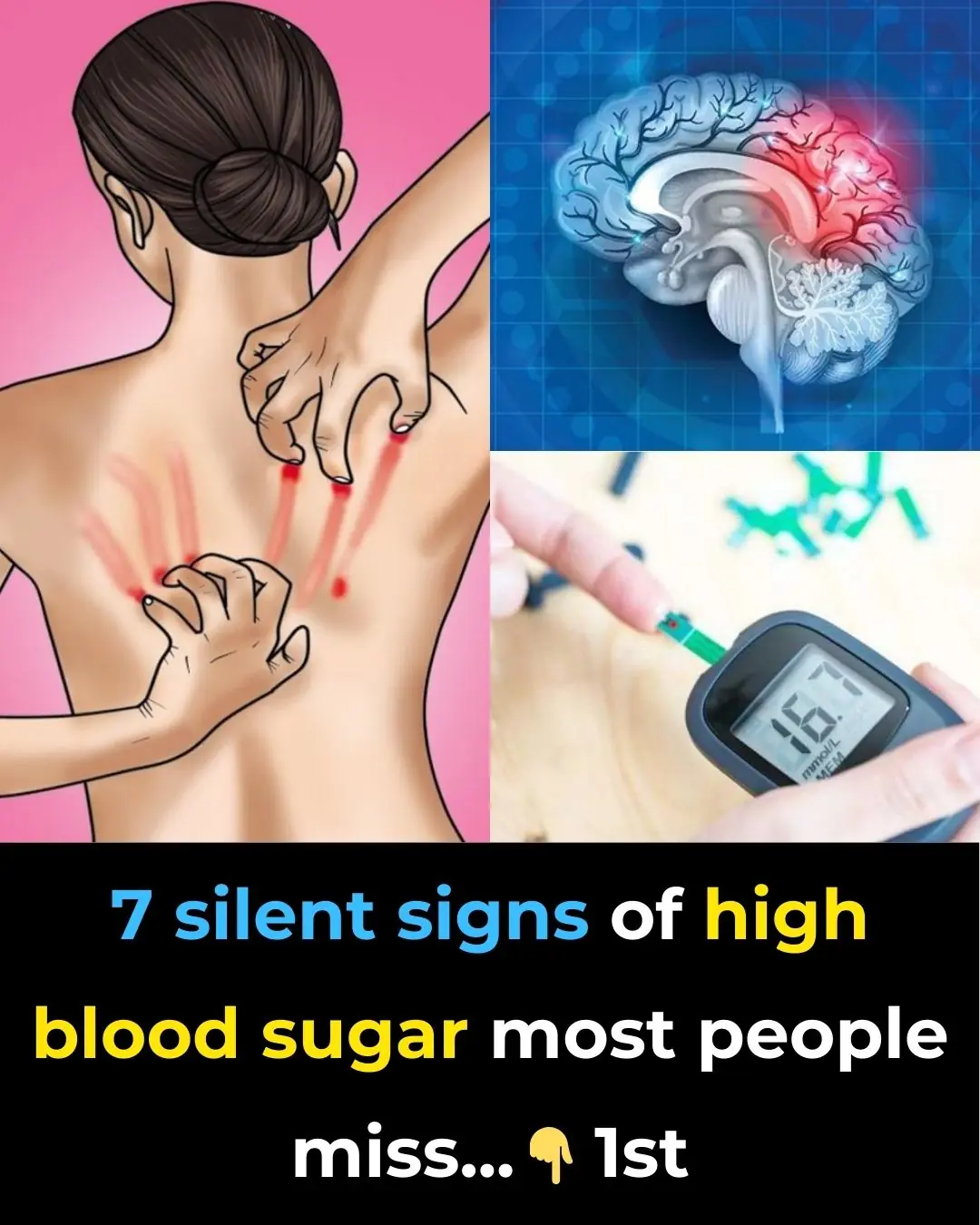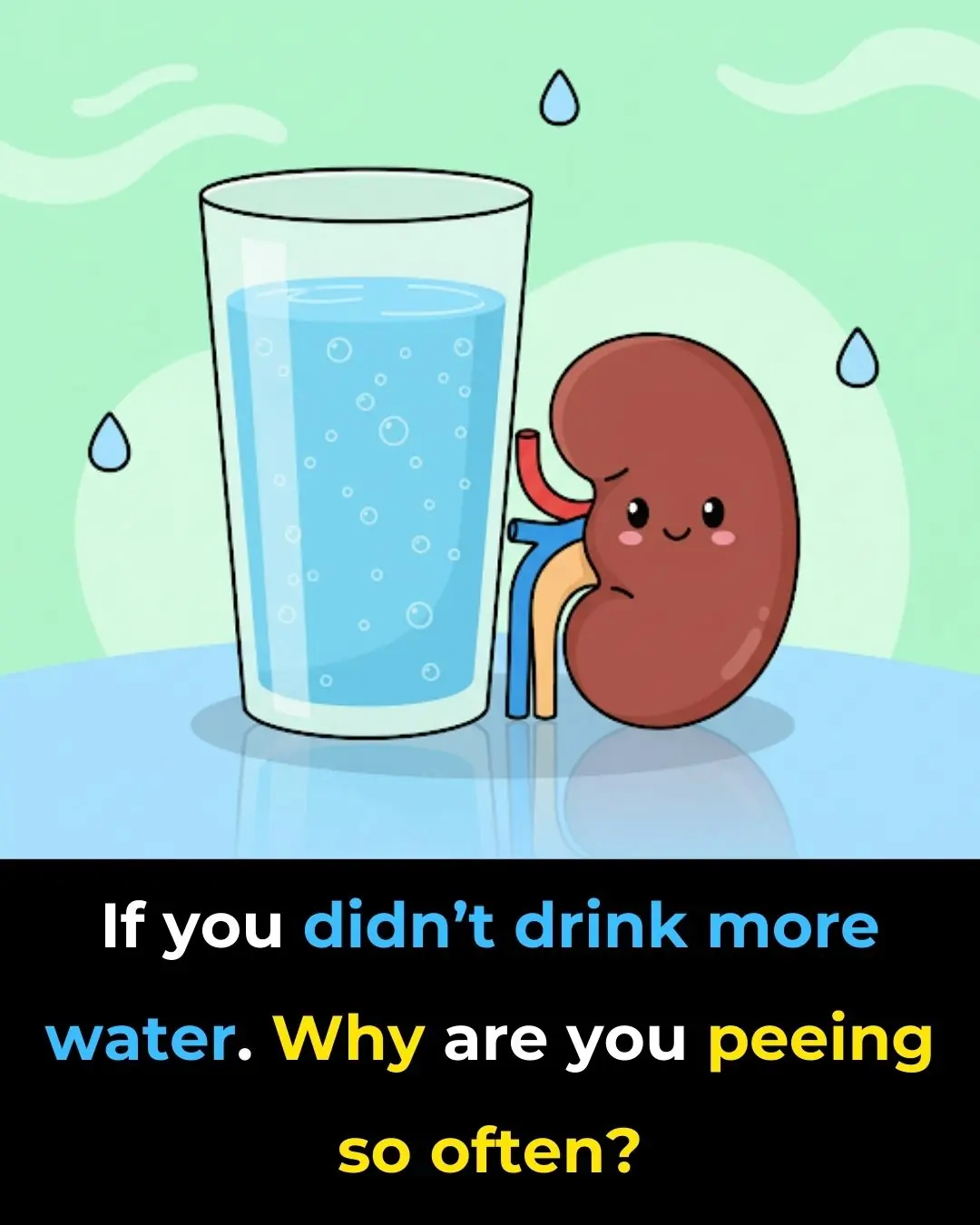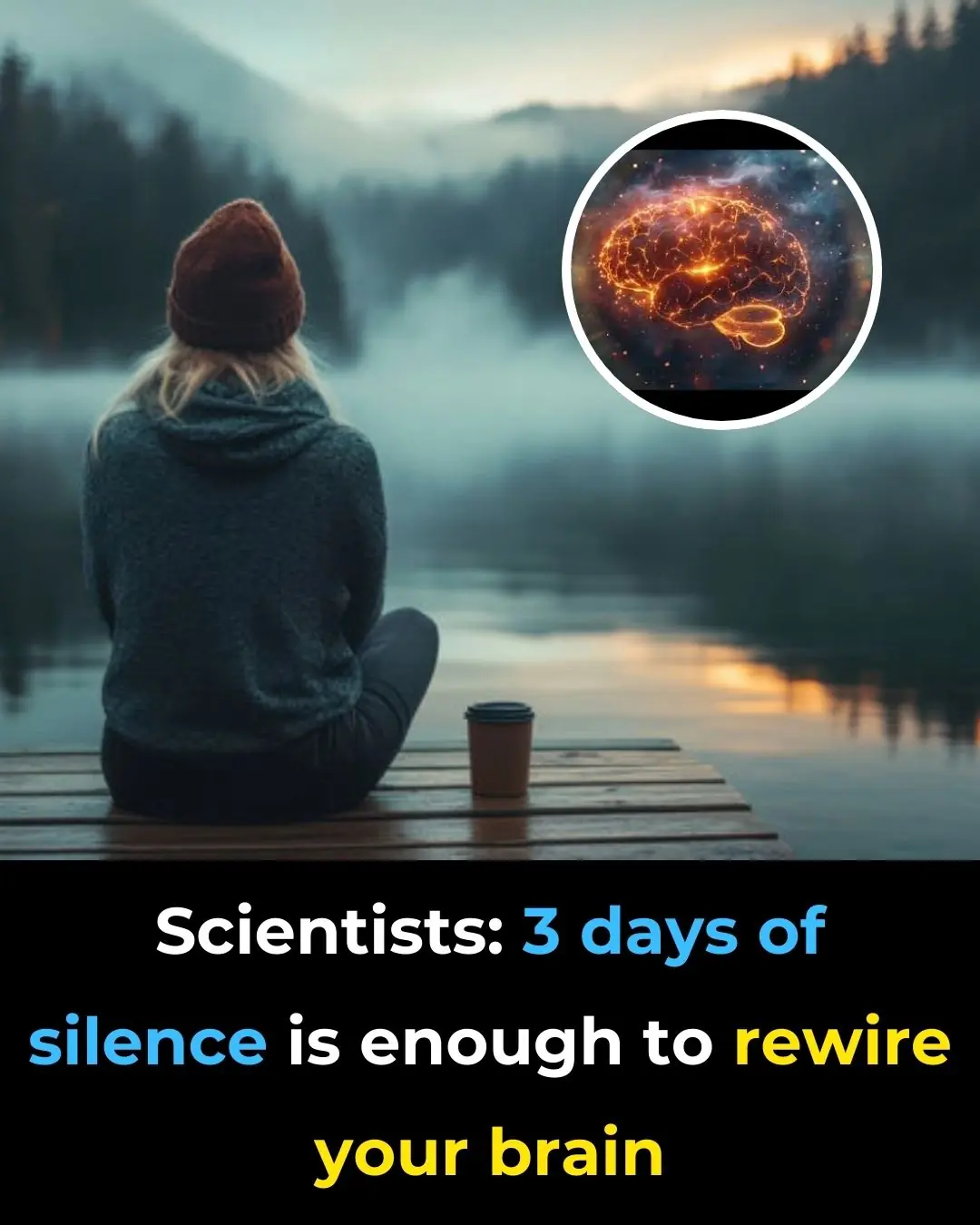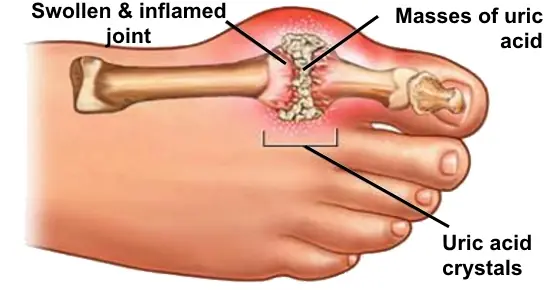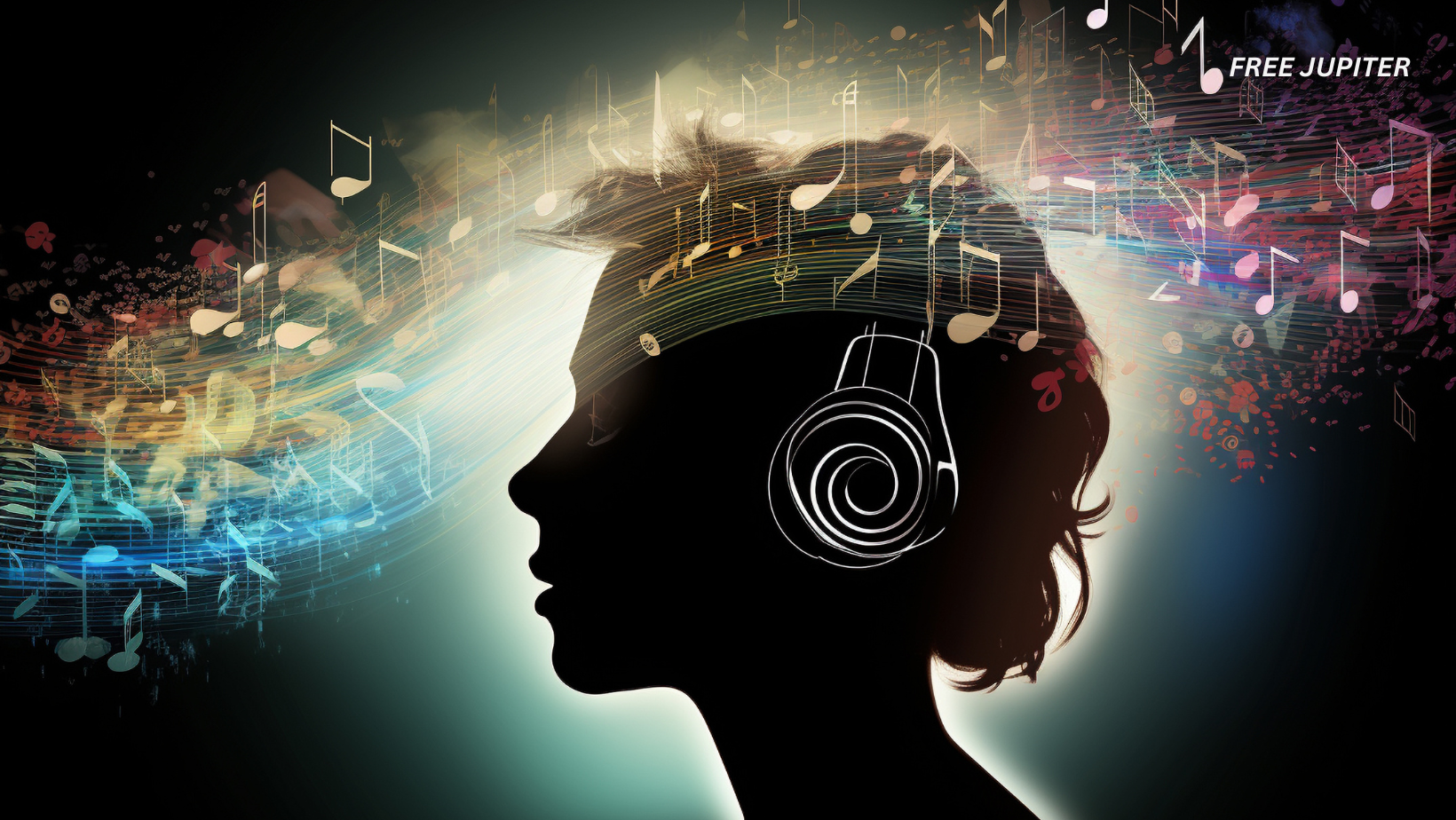
Friendly Note: FreeJupiter.com shares general info for curious minds 🌟 Please fact-check all claims—and always check health matters with a professional 💙
🎧 How Music Shapes the Brain: More Than Just Sound
The music flowing through your headphones or speakers might be doing far more than keeping you entertained. Without your conscious awareness, the melodies, beats, and harmonies you enjoy could be actively shaping your brain’s structure and function. Over time, your listening habits may significantly influence how you think, feel, and interact with the world.
Music has always been a deeply powerful force. It inspires movement, brings comfort, fuels creativity, and can stir profound emotion. But science now reveals that music’s influence goes beyond simple mood shifts—it penetrates the very fabric of how the brain is wired. Each note, rhythm, or lyric can initiate subtle yet meaningful changes in brain chemistry, structure, and connectivity.
🧠 Music and the Science of Neuroplasticity
The human brain is not a fixed system. It constantly evolves—a concept known as neuroplasticity, which refers to the brain's ability to reorganize itself by forming new neural connections. Music can act as a potent catalyst for this process, encouraging the brain to adapt in response to auditory stimulation.
Numerous studies have shown that music affects brain development and functionality—not just in children, but throughout adulthood. Engaging with music, whether by listening or performing, stimulates multiple areas of the brain simultaneously, creating a full-spectrum cognitive workout.
For example, learning to play an instrument enhances working memory, executive functioning, and attention control. These are crucial for decision-making and multitasking. Even passive listening can result in physical changes in the brain—particularly in the auditory cortex, prefrontal cortex, and areas responsible for emotion regulation.
🎶 How Different Music Affects Different Brain Regions
The type of music you listen to matters. Different genres activate different brain systems:
Classical music has been linked to improved concentration, reduced anxiety, and better sleep quality.
Upbeat pop or dance tracks tend to elevate mood and energy, stimulating dopamine production.
Heavy metal or aggressive music can, in some listeners, elevate adrenaline or contribute to feelings of aggression—but in others, it may offer emotional release and catharsis.
What’s fascinating is that the brain processes music using multiple overlapping networks:
Lyrics engage language centers.
Rhythms activate motor regions.
Melodies spark emotional centers.
Harmony and dissonance can influence stress levels and tension.
This multi-dimensional engagement gives music its unique power—it simultaneously stimulates cognition, emotion, memory, and even physical movement.
💡 Music and Brain Chemistry
Music’s power isn’t only structural—it’s also chemical. When we hear music we love, the brain releases dopamine, the so-called “feel-good” neurotransmitter. This is the same chemical involved in reward pathways triggered by delicious food, exercise, or positive social interaction.
Regular engagement with music that evokes positive emotion can:
Elevate mood
Lower cortisol (the stress hormone)
Boost motivation
Support long-term emotional regulation
In some cases, music can even reduce symptoms of depression and anxiety—especially when combined with other therapeutic interventions.
🧓 Music and Memory: The Reminiscence Effect
Certain songs have the uncanny ability to transport us back in time. This is due to the "reminiscence bump", a phenomenon where music becomes intertwined with personal memories. This effect is so strong that even people with dementia or Alzheimer’s can vividly recall life events upon hearing specific songs from their past.
Music-based memory therapy is now widely used in healthcare settings to:
Help patients recall personal history
Reduce agitation in dementia patients
Improve mood and communication in those with cognitive impairments
🛌 Music for Relaxation, Sleep, and Stress Reduction
Music can also help soothe the body and mind. Slow-tempo, low-frequency music—especially instrumental or ambient—has been shown to lower heart rate, reduce blood pressure, and decrease levels of stress hormones.
In clinical settings, calming music is used:
Before surgeries to reduce pre-operative anxiety
During treatments like chemotherapy to relax patients
In pain management therapy for chronic conditions
At home, many people turn to sleep playlists to combat insomnia. Music with a tempo of 60–80 beats per minute can help synchronize the heartbeat and slow down the nervous system, promoting restful sleep.
🧒 Music in Childhood: Boosting Learning and Development
Children who are exposed to music early in life show enhanced language development, motor coordination, and spatial reasoning. Even casual exposure can improve the ability to focus, follow instructions, and remember sequences.
In schools, music programs are increasingly recognized not as luxuries, but as tools for academic and emotional development. Learning music strengthens the brain's ability to:
Link auditory signals with memory
Process language more efficiently
Develop discipline and attention span
⚡ Brain Waves and Focus: Tailoring Playlists to Mental States
Different sound frequencies affect different brain wave patterns:
Beta waves (13–30 Hz) are linked to concentration and are increased by upbeat music.
Alpha waves (8–12 Hz) are associated with relaxation and creative thinking, often stimulated by ambient or instrumental tracks.
Theta waves (4–7 Hz), helpful for deep meditation or problem-solving, may be accessed through rhythmic drumming or chanting.
This is why specific playlists are often used for:
Studying (focus-boosting electronic or classical)
Working out (high-energy, fast-paced music)
Relaxing (slow, soft instrumentals)
🧏 Long-Term Listening and Brain Resilience
Listening to music isn’t just a momentary pleasure—it may contribute to long-term cognitive resilience. Studies have found that individuals who engage regularly with music tend to experience slower cognitive decline as they age.
Musical training, even at a basic level, helps preserve:
Auditory discrimination
Verbal memory
Speech comprehension in noisy environments
This means that listening to music may be a protective factor against age-related neurological conditions.
🎤 Music and Social Connection
Humans are wired for social bonding, and music is a universal connector. Group singing, dancing, and musical collaboration all release oxytocin, the “bonding hormone.” This can:
Improve group cohesion
Reduce feelings of loneliness
Strengthen emotional empathy
Whether it’s singing around a campfire or attending a live concert, shared musical experiences deepen our sense of belonging.
🌍 Culture, Preference, and Personal History
Musical preferences are shaped by both genetics and environment. While some people may be biologically inclined toward certain rhythms or tonal patterns, exposure plays a key role. The more often the brain hears a specific genre, the more it learns to anticipate and find pleasure in its structure.
Cultural upbringing also heavily influences taste. Traditional music evokes strong emotional reactions in people raised with it, as the brain associates these sounds with identity, heritage, and emotional safety.
🧘 Therapeutic Power of Music
Music is now used in a wide range of therapeutic settings, from physical rehabilitation to mental health treatment. Examples include:
Rhythmic auditory stimulation to help Parkinson’s patients walk more smoothly
Music therapy for trauma survivors to process difficult emotions
Custom playlists to support individuals with depression, ADHD, or anxiety
Music therapy is becoming a respected tool in modern healthcare—not as a replacement for traditional medicine, but as a powerful supplement.
🧑🎨 Music and Creativity: Fueling the Imagination
Certain types of music stimulate divergent thinking, which is essential for creativity. Background music—especially instrumental jazz, lo-fi, or classical—can help artists and writers enter a flow state, where new ideas and associations emerge more easily.
Listening to novel or unpredictable music has also been linked to higher levels of creative problem-solving and abstract thinking.
🔊 Caution: The Risks of Excessive or Loud Listening
While music offers many benefits, overexposure—especially at high volumes—can be harmful. Long-term use of headphones at loud volumes may lead to:
Noise-induced hearing loss
Tinnitus (ringing in the ears)
Auditory processing issues
To protect your hearing:
Keep volume below 60% of the maximum
Follow the 60/60 rule: no more than 60 minutes at 60% volume
Use noise-canceling headphones to avoid cranking up volume in noisy environments
🎯 Final Thoughts: Music as a Tool for Brain Health
Music is far more than background noise—it is a dynamic, transformative force. It rewires the brain, affects our emotions, sharpens cognition, enhances memory, and deepens human connection.
By being intentional with your listening habits—choosing the right music for your mood, task, or mental state—you can turn everyday listening into a brain-boosting ritual.
Whether it's soothing classical strings, electrifying guitar solos, or soulful jazz improvisation, every note leaves a lasting impression on your neural landscape.
So the next time you hit “play,” take a moment to appreciate what’s really happening: your brain is dancing, healing, adapting, and growing.



